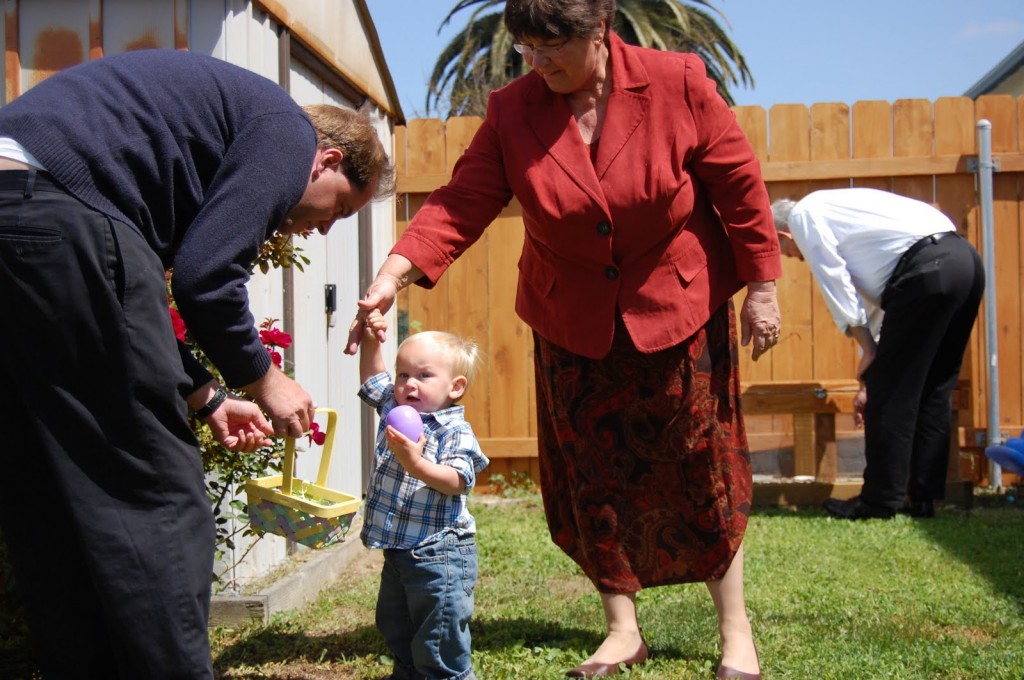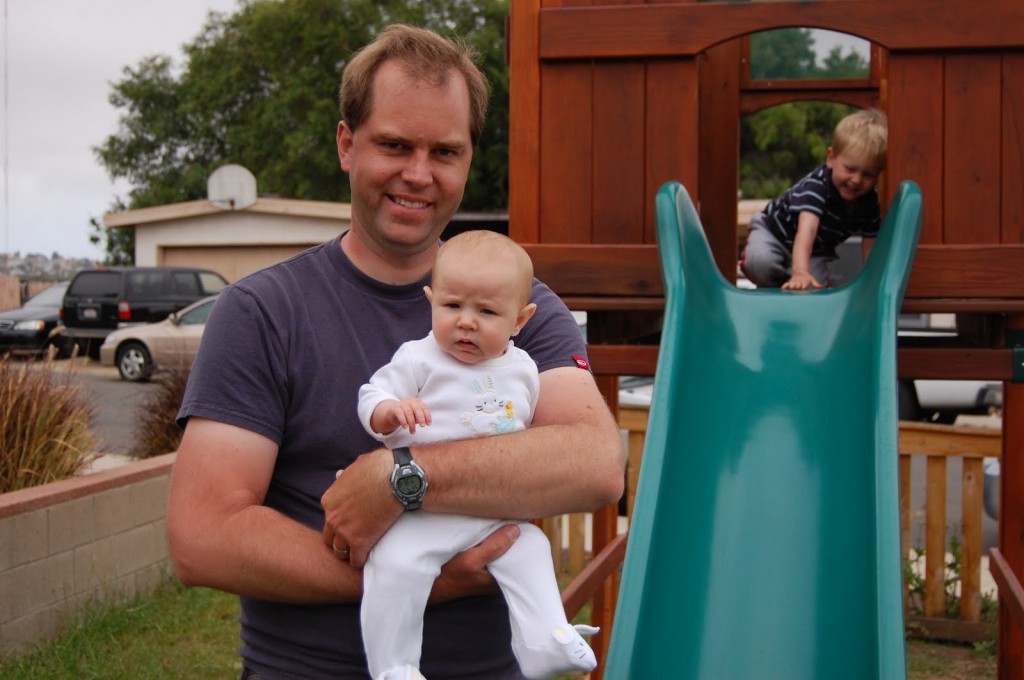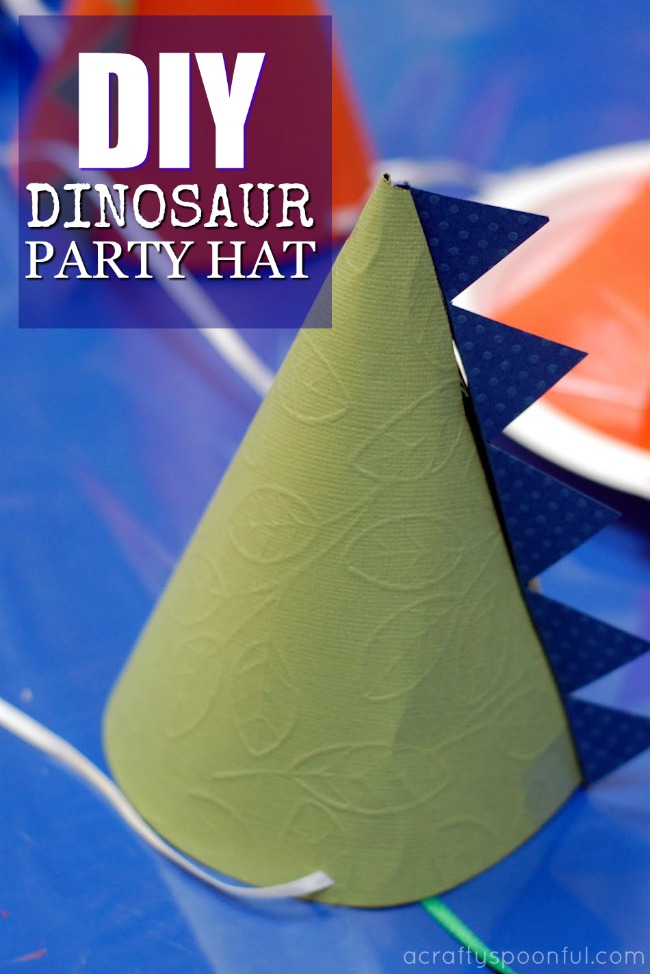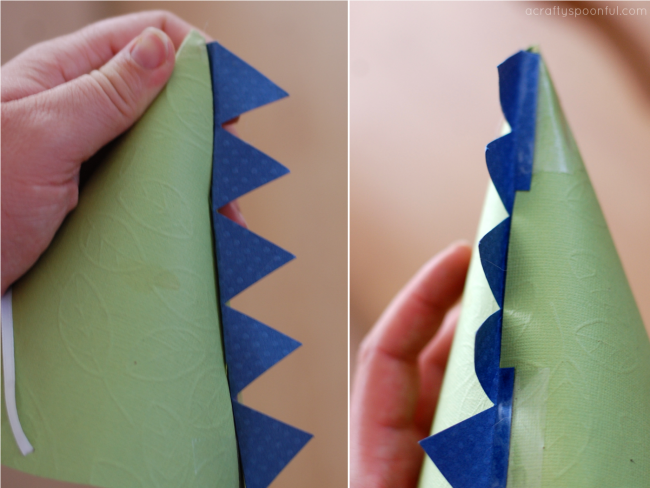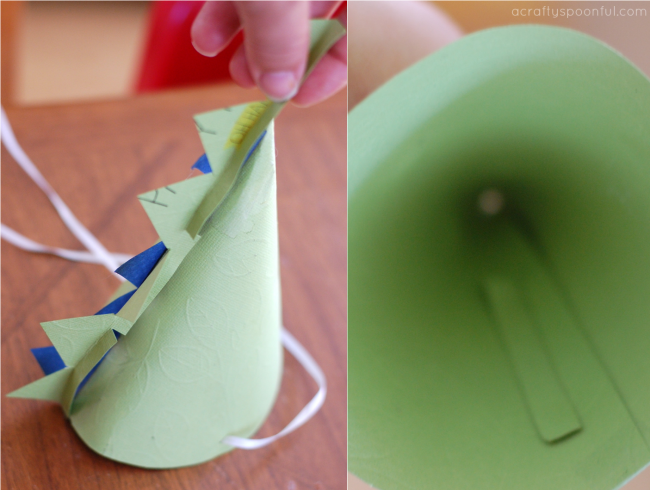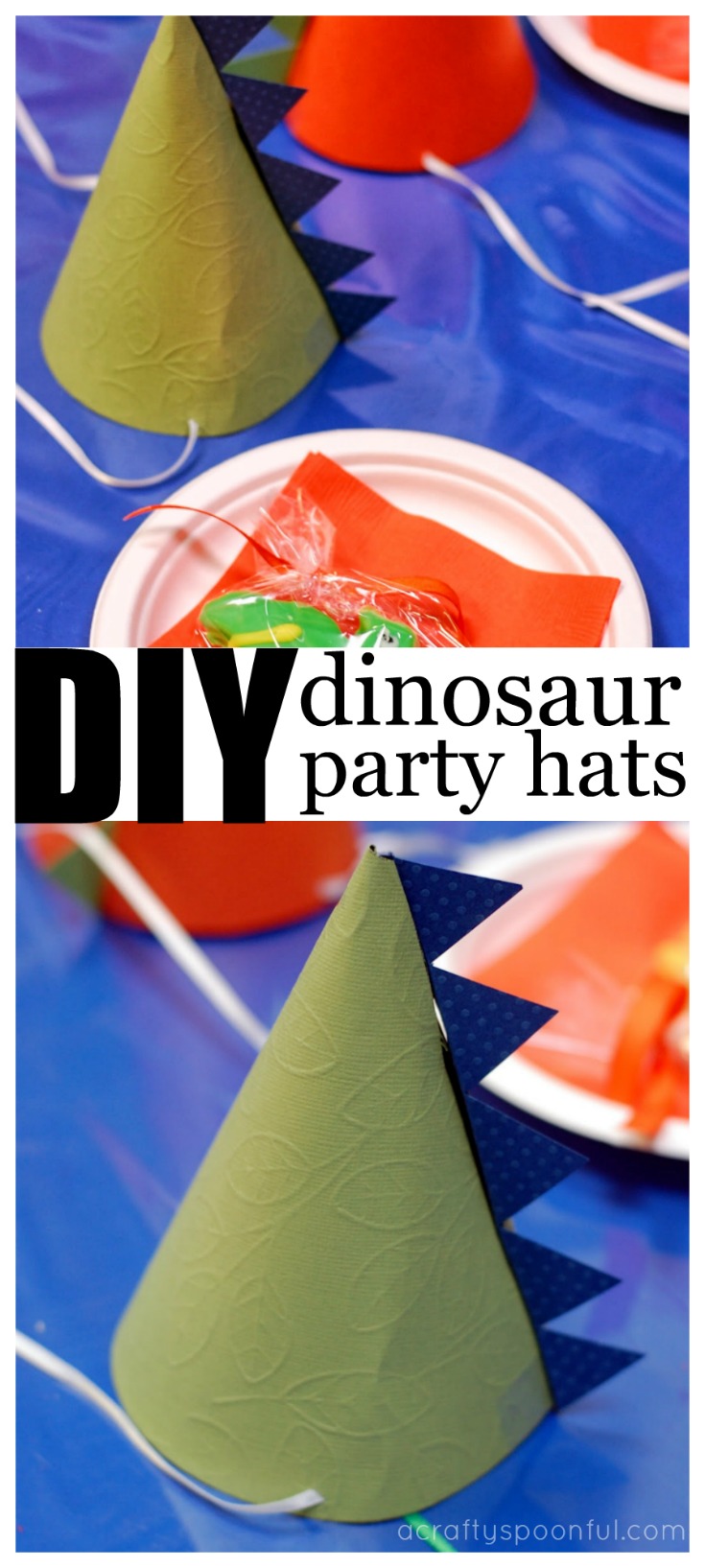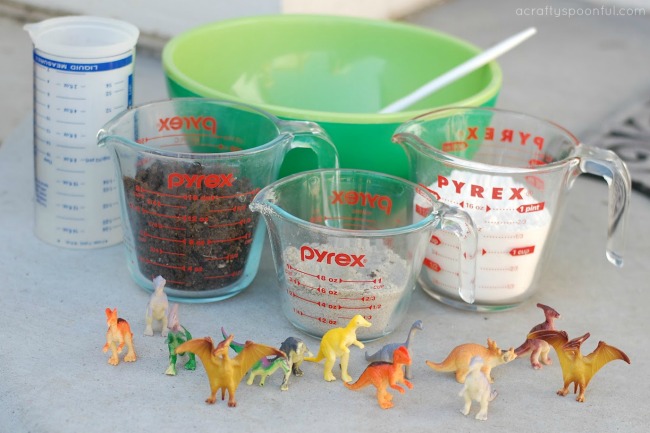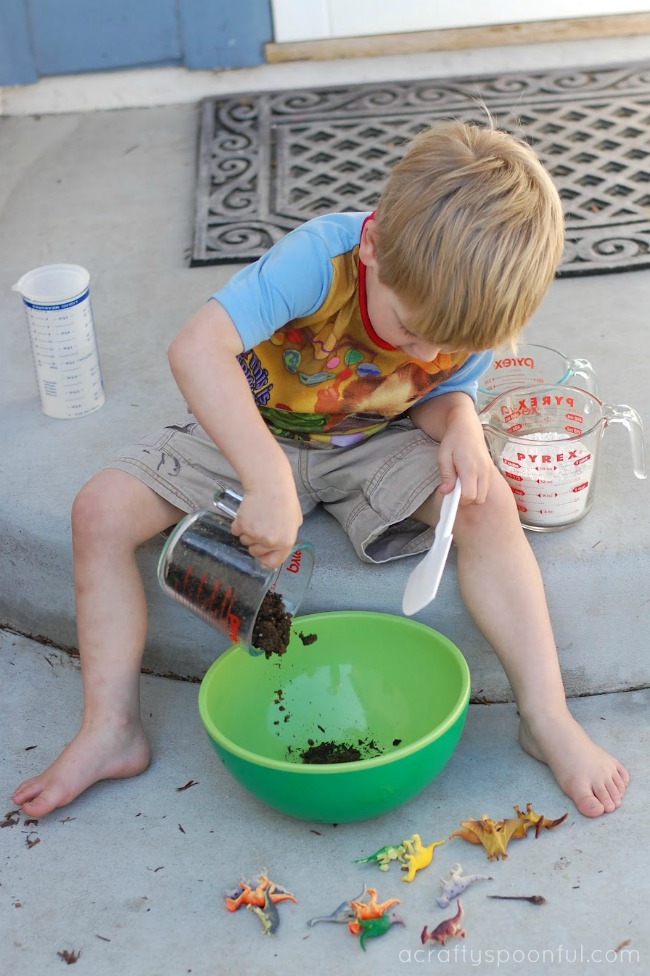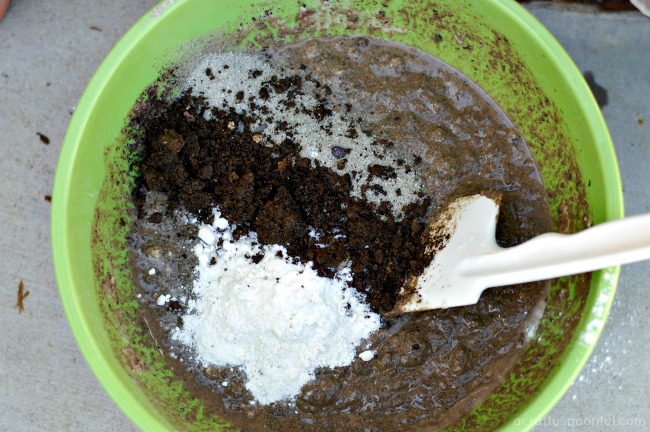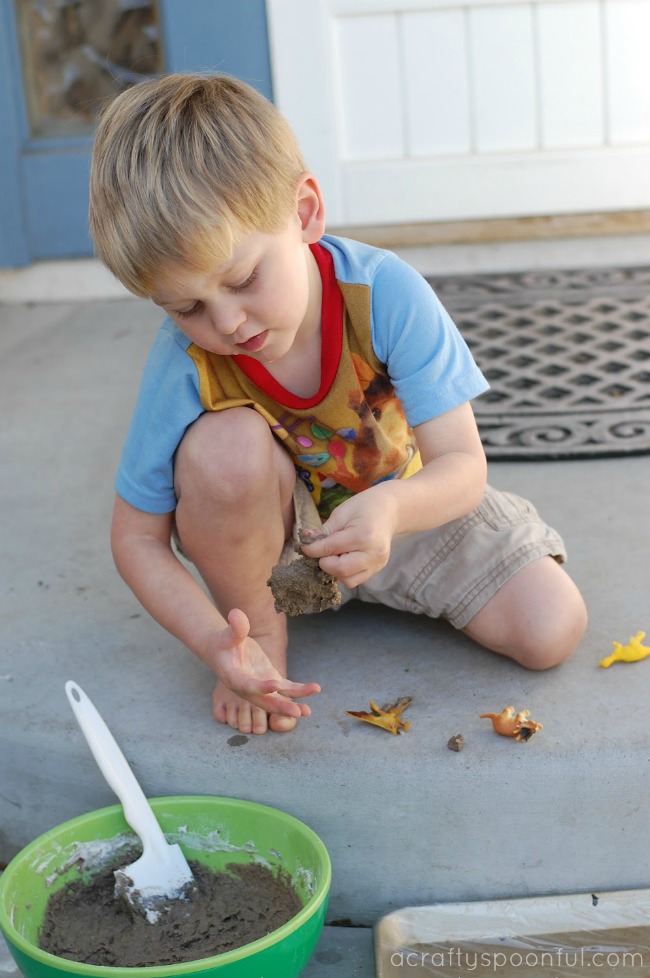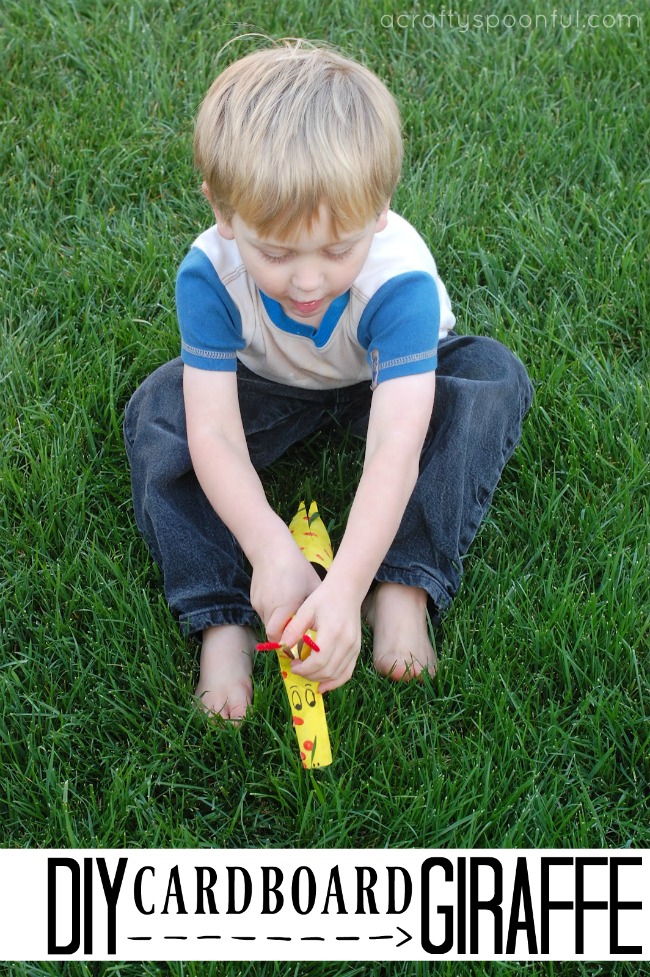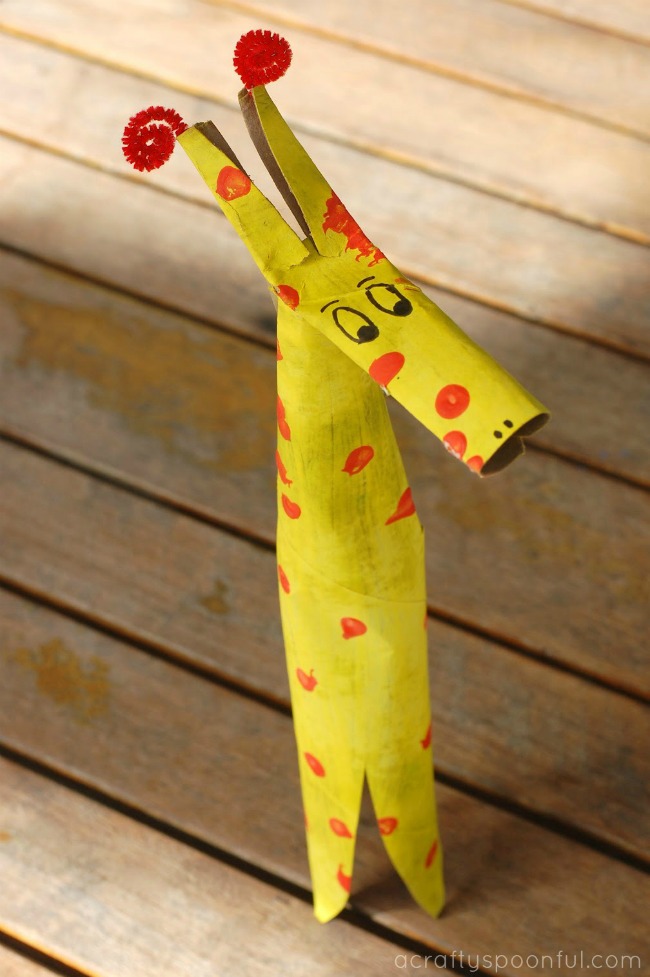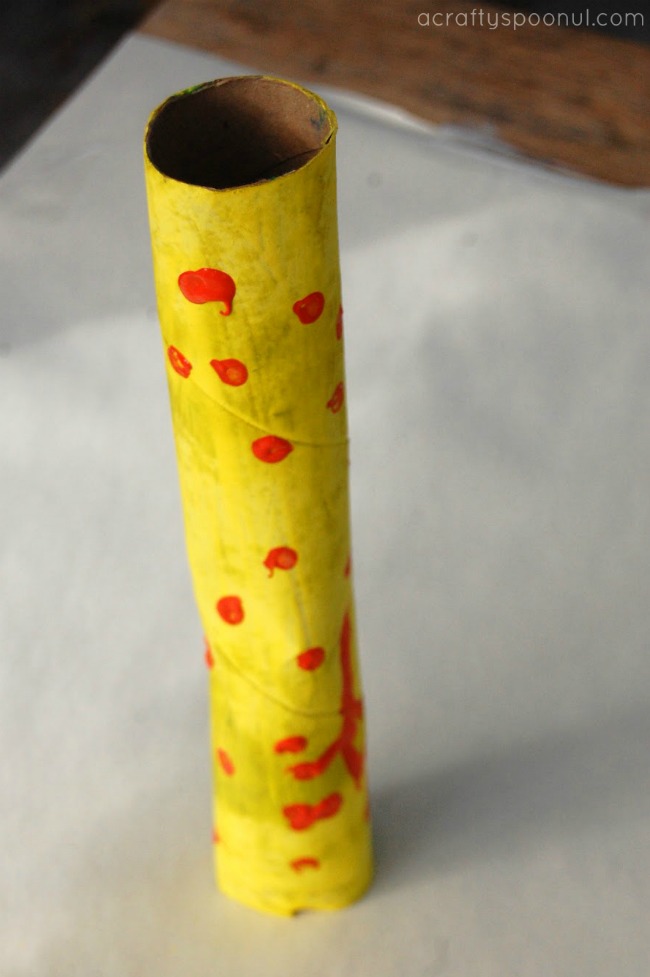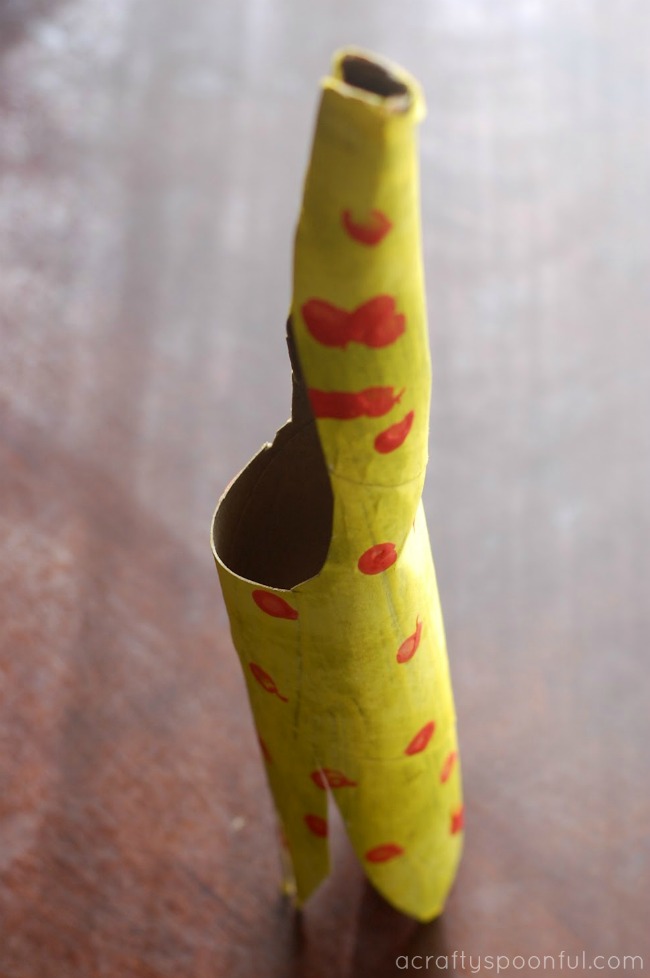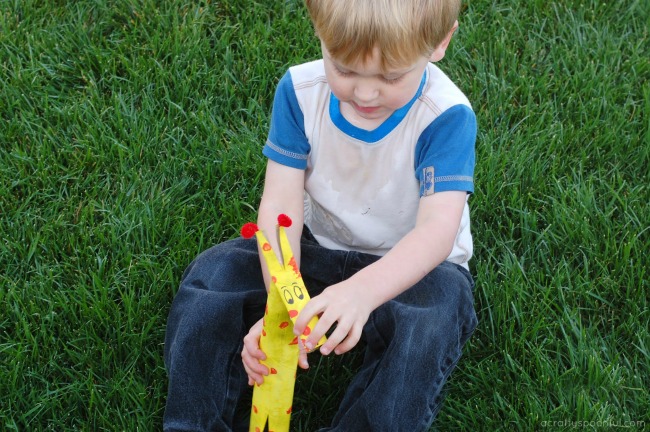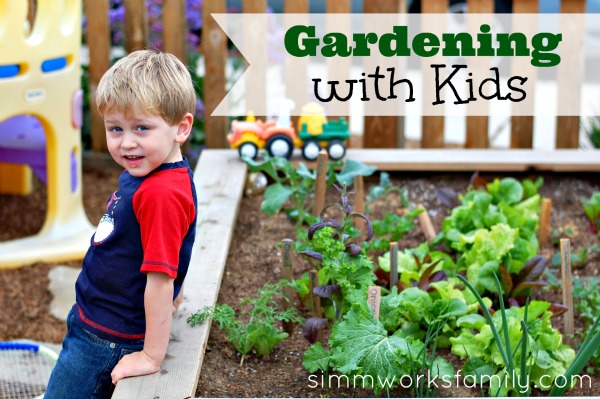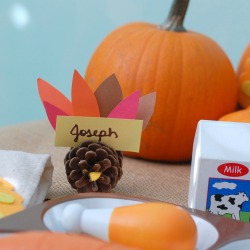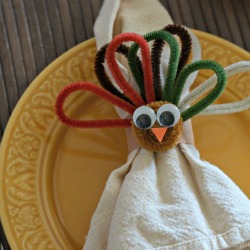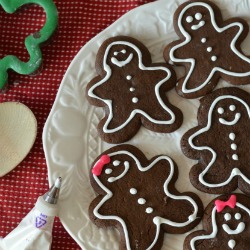With a love of coffee and creamer comes a surplus of creamer bottles left over once I’ve had a few morning cups. So taking a spin on recycling a bit further, I removed the wrapper over one of my creamer bottles and cleaned it out very well after it was empty.
What resulted was simple recycled portable snack container. And it’s perfect for little hands!
Here’s how to make a Recycled Portable Snack Container:
1. Grab an empty creamer container.
2. Rinse and wash thouroughly.
3. Remove outer plastic from bottle.
4. Fill up with your child’s favorite small snack.
5. Enjoy a snack on the go!
Not only does it fit perfectly in my daughter’s stroller, it also pours out just a few snacks at a time reducing waste and messes. Each time we go out for a run my daughter reaches for her portable snack container so she can enjoy her snack on the go!
What does your child love to snack on?



